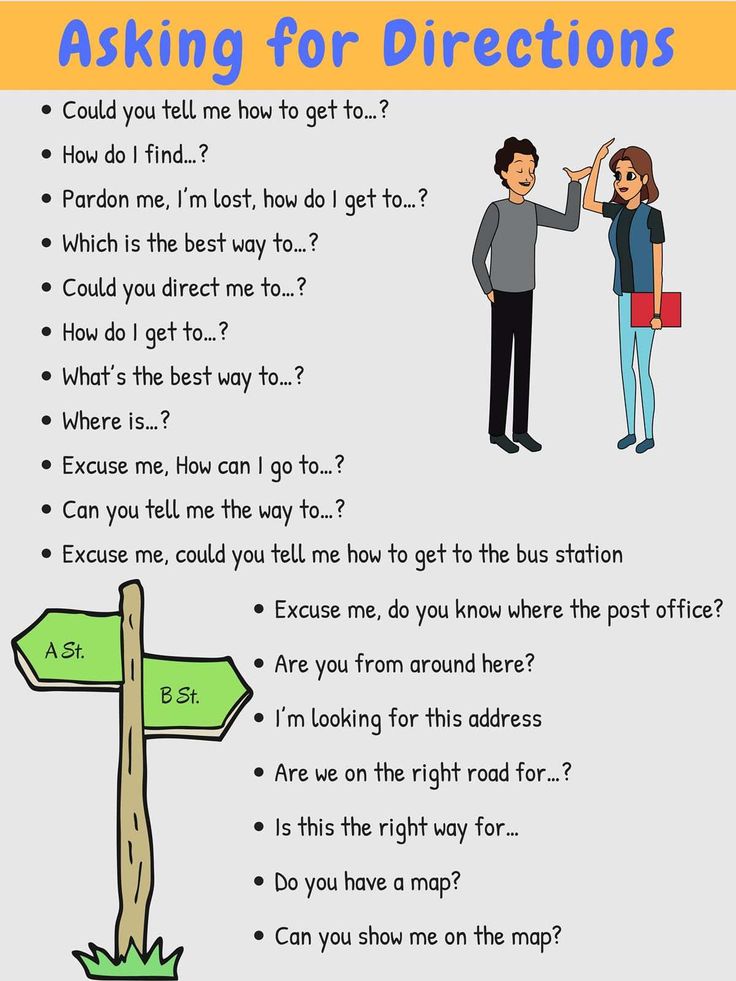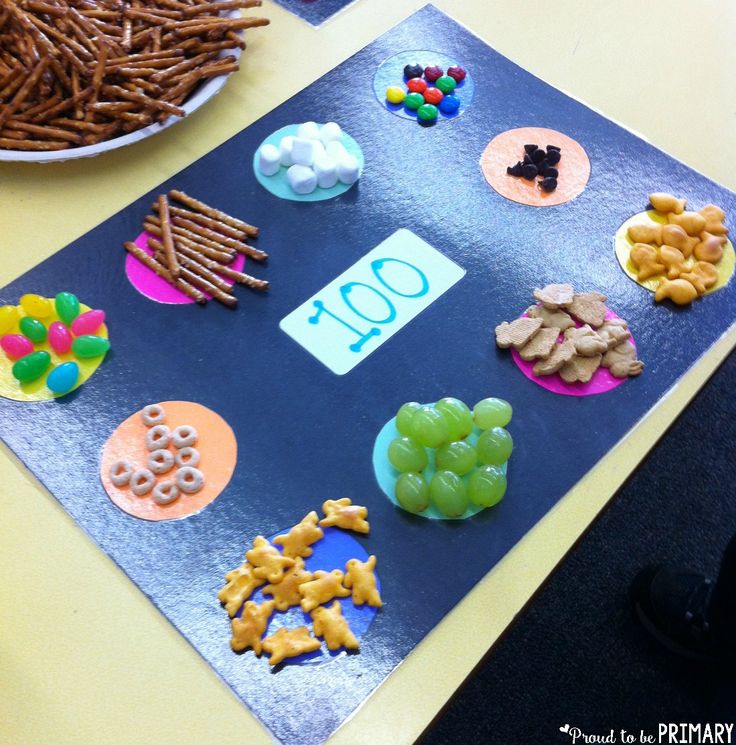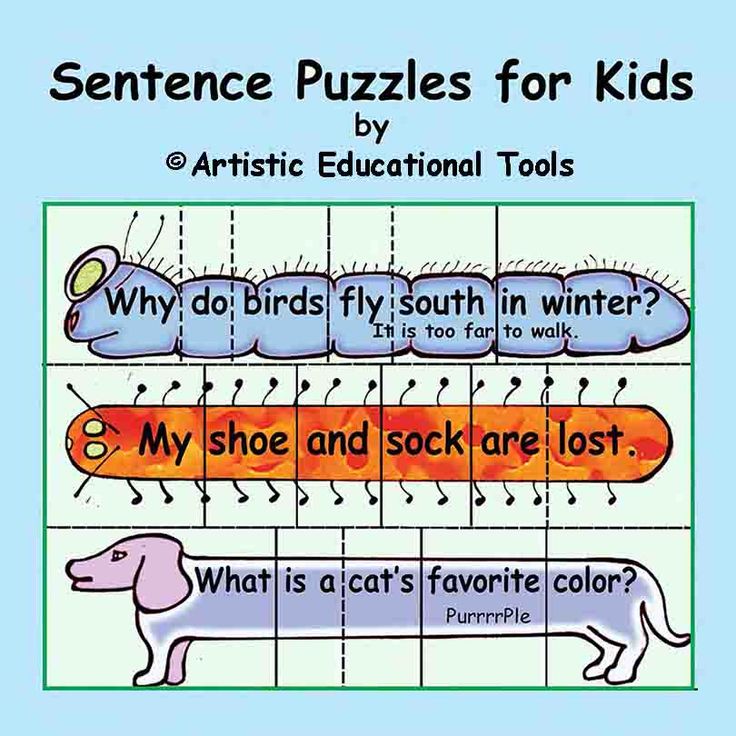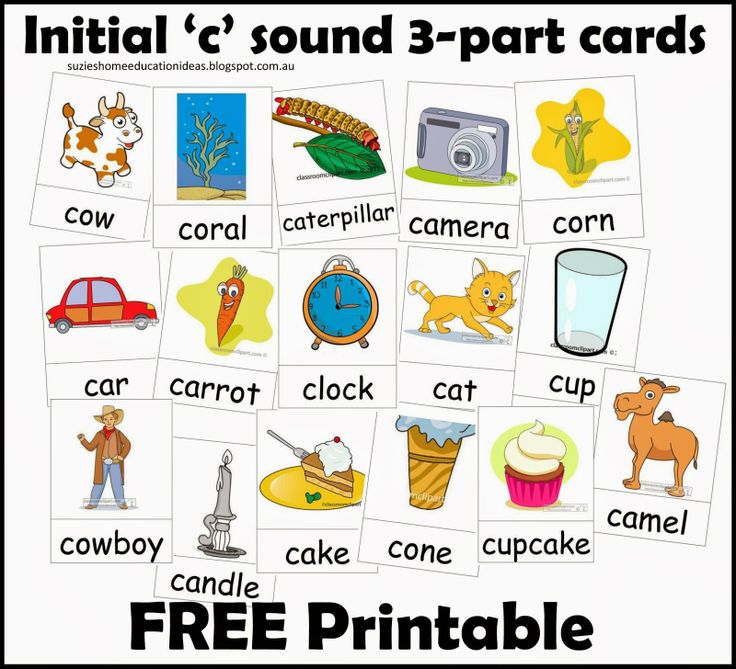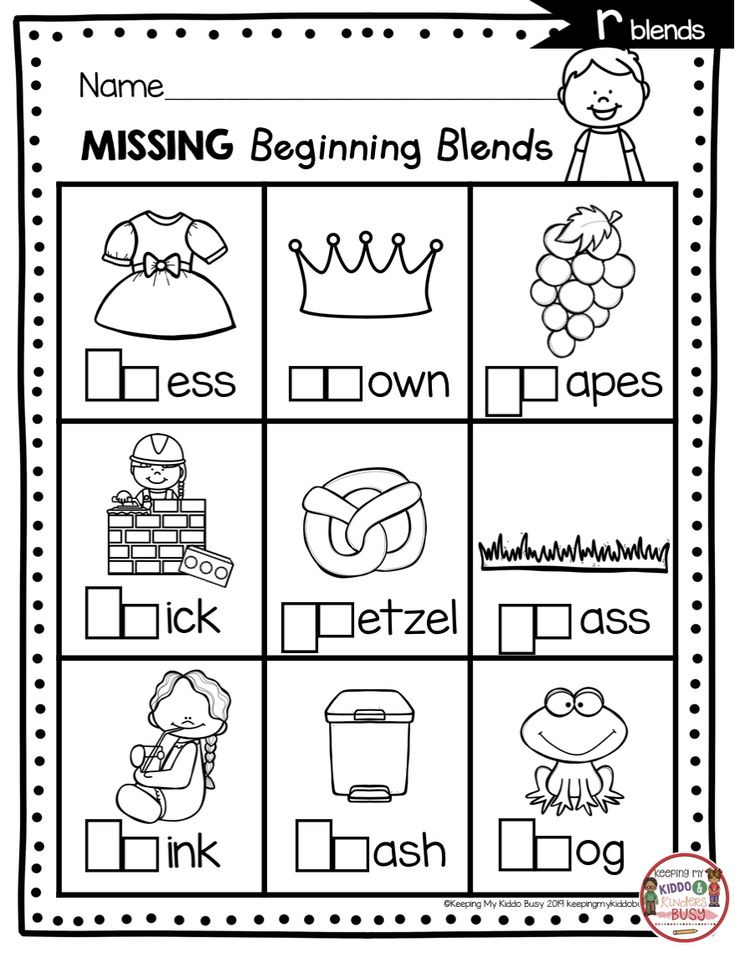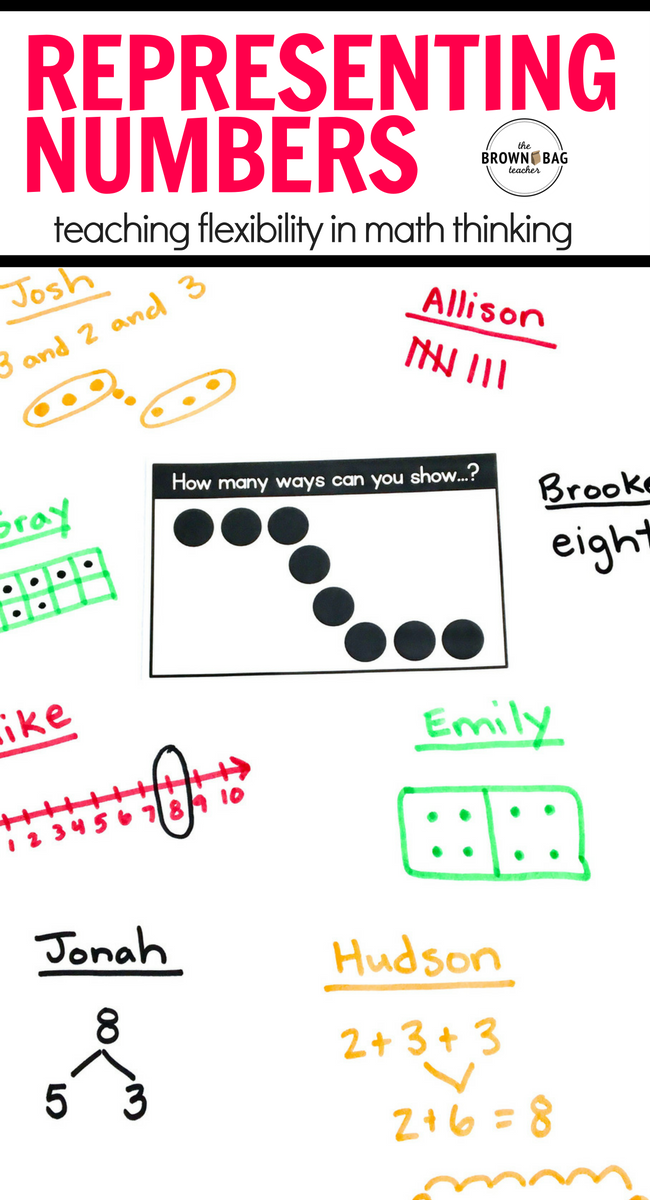Following directions examples
How To Help Kids Develop This Important Skill
Does it sometimes feel like your child isn’t the greatest at following directions? Or the older they get, the more they want to do everything their way, regardless of the instructions given to them?
Before you start thinking you’re doing something wrong, it’s important to know that you’re not alone. The truth is sometimes our kids are not the most cooperative, and following our instructions isn’t always high on their priority list.
In this article, we’ve compiled a list of effective strategies you can try at home to help them follow directions. Let’s get started!
Why Is Following Directions Important?
The ability to follow directions is a basic life skill that will serve your child well both now and in the future.
When you look at the various aspects of our everyday lives and daily interactions with others (like following the user manual’s instructions for a new gadget), you realize how this skill actually allows us to accomplish so much.
For kids, in particular, there are a couple of key benefits to following directions.
Children Can Function In Different Environments
As much as we’d like to keep them all to ourselves, our children aren’t going to stay at home for the rest of their lives.
They are going to go to school, take tests, participate in sports, go to camps, visit a friend’s house, etc. Learning to follow directions will help them function effectively across these different environments.
It Keeps Kids Safe
You never know when an emergency can occur. Whether at home, school, or the local park, the skill of following directions may save your child’s life one day.
In addition to the above, helping your child learn how to follow directions can:
- Maintain order at home
- Impact their ability to complete tasks and reach the desired purpose
- Learn new skills
- Keep them calm and feeling secure as they know what comes next
With these examples, we hope you understand that following directions is a beneficial skill your child can use in various aspects of life.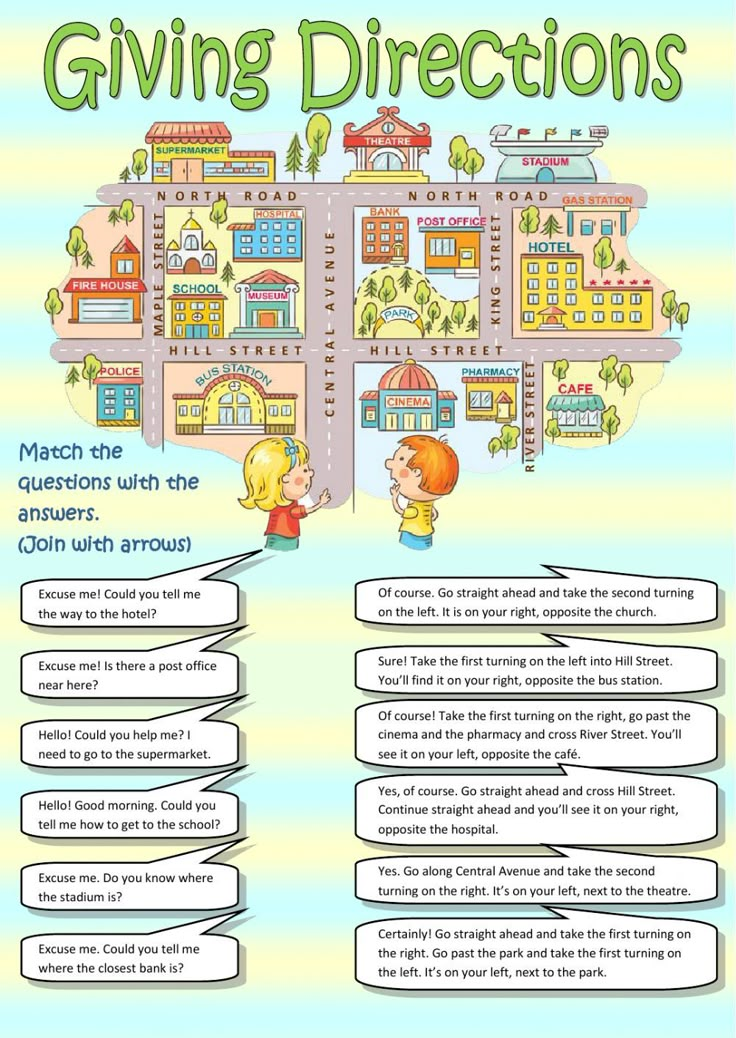
The Age Factor
Before discussing the different strategies you can try at home, it’s important to mention the role age plays in our children’s ability to follow directions.
0 – 24 Months
Trying to get a newborn to follow directions is unrealistic. However, as you respond to their cues (like hungry and tired cries) and they respond to yours, it helps lay a solid foundation for cooperative interactions.
As children enter the toddler stage, they are usually able to begin following simple, one-step instructions, such as, “Wave bye-bye to Laura!” or, “Give mommy the book.” Keep in mind that attention spans at this age are super short, so be clear and make eye contact with your child.
Children seek lots of adult approval at this stage, and making your tone of voice enthusiastic and appreciative can help influence how your toddler responds.
Giving positive feedback is also a great way to encourage them. So, if they don’t do as you say, instead of responding negatively, focus on what they should be doing.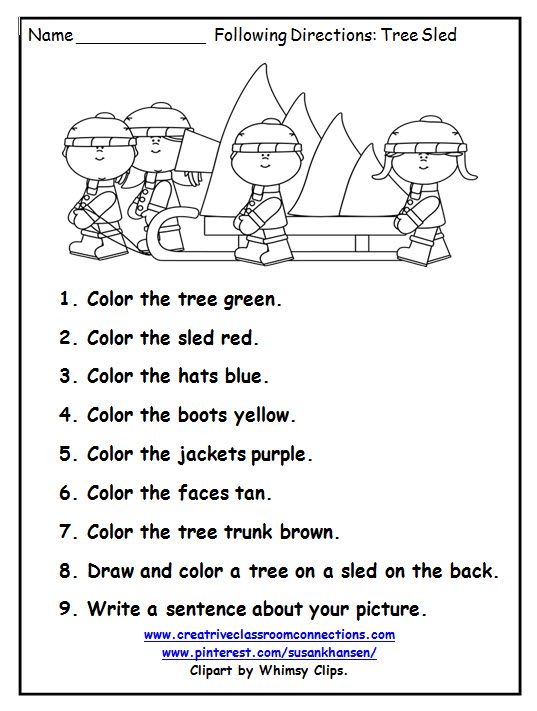
2 – 4 Years
At the preschool level, most children can understand and follow two-step instructions. For example, “Put your toys in the box, then place the box in the corner.”
If your child hasn’t yet developed this ability, don’t worry. At this stage, kids are still learning the valuable skill of listening and paying attention to the details in the information given.
To help your child process information and instructions, you can continue to give them lots of positive reinforcement.
In addition, remember to also give them simple choices. For example, “Get your green shirt out of the bottom drawer” is more challenging than pointing to a visible shirt and asking them to get it.
4 – 6 Years
At this stage, your child’s vocabulary and listening skills have improved. This can make following directions a bit easier.
Most kindergarteners can follow three- or four-step instructions. They may also ask questions to seek clarification.
To help your child continue to improve this skill, you can:
- Break complicated directions into smaller steps
- Give instructions in context (for example, if your child is learning to draw, give instructions while they are busy with the activity)
- Keep a fun and playful tone while giving directions to help motivate them
Following directions is a skill that your child will use for the rest of their life.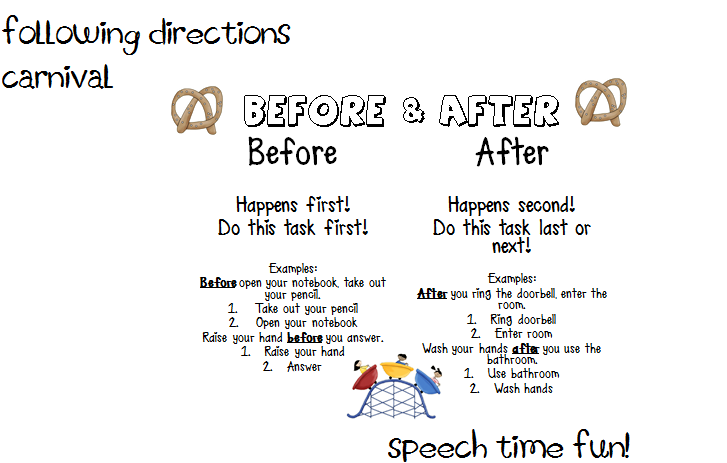 So, here are seven strategies to help them improve.
So, here are seven strategies to help them improve.
Tips To Encourage Following Directions
1) Get Your Child’s Attention
Before giving your child directions, it’s essential that you have their full attention. Otherwise, the activity will feel impossible for both you and them.
You can gain their attention by simply asking for it — e.g., “Look toward me now. I need to tell you something.” Getting down to your child’s level can also help.
2) Be Clear
One of the key components for helping your child learn to follow directions is being clear on what you need them to do. To achieve this, be direct and use simple language.
For instance, “It’s time to jump into bed,” is much better than, “You need to sleep early. We have a long day ahead tomorrow, and it would be great for you to get enough rest.”
You might assume that the latter will help a child become more understanding. However, giving too many details may lead to a child getting “lost” in the information you’re giving them.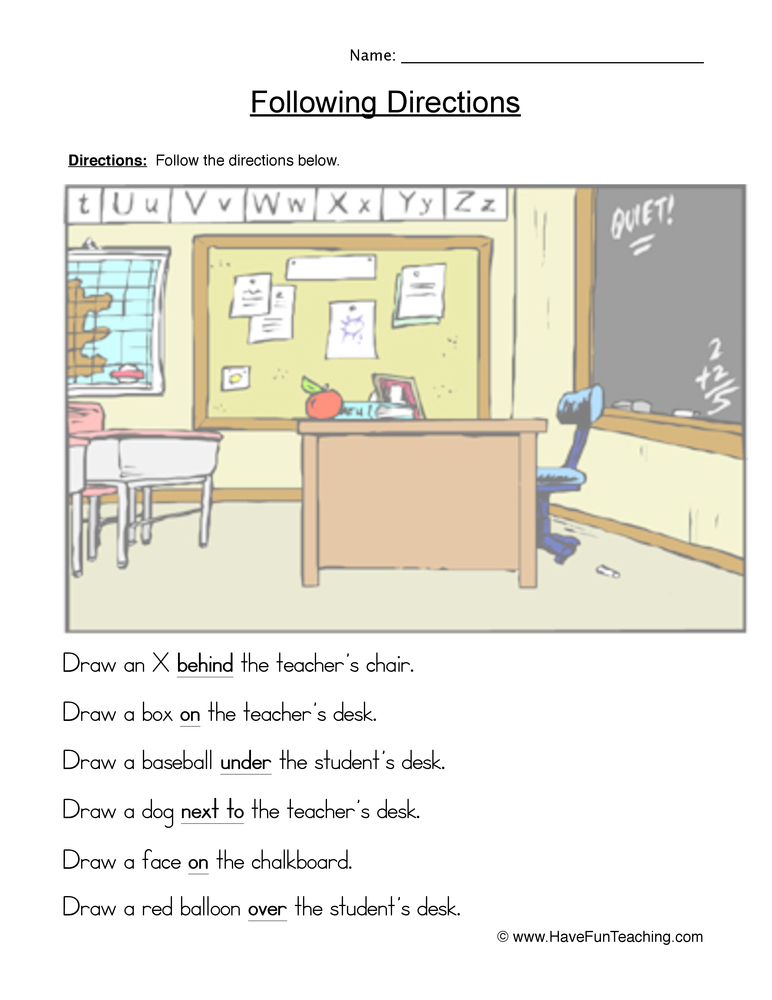 It’s best to say what’s necessary and leave the rest out.
It’s best to say what’s necessary and leave the rest out.
3) Focus On One Instruction At A Time
Going along with the previous point, we sometimes make the mistake of giving children too many instructions at one time.
For example, we might say, “Pick up your toys, place them in the toy box, wash your hands, and then tell your brother it’s time to eat.”
With this many instructions, it can be hard for your child to decipher what they’re actually supposed to do. That’s why, whenever possible, it’s best to give one instruction at a time or group them together in a way that makes sense.
Using the example above, you could hand your child a toy and ask them to put it in the toy box. Then hand them another one and do the same. When this is easy for your child, you can then group instructions together by saying, “Pick up your stuffed lion and put it in the toy box.”
Then you may want to move on to even more complicated directions. For example, you may have them pick up all the toys on the floor and put them in the toy box.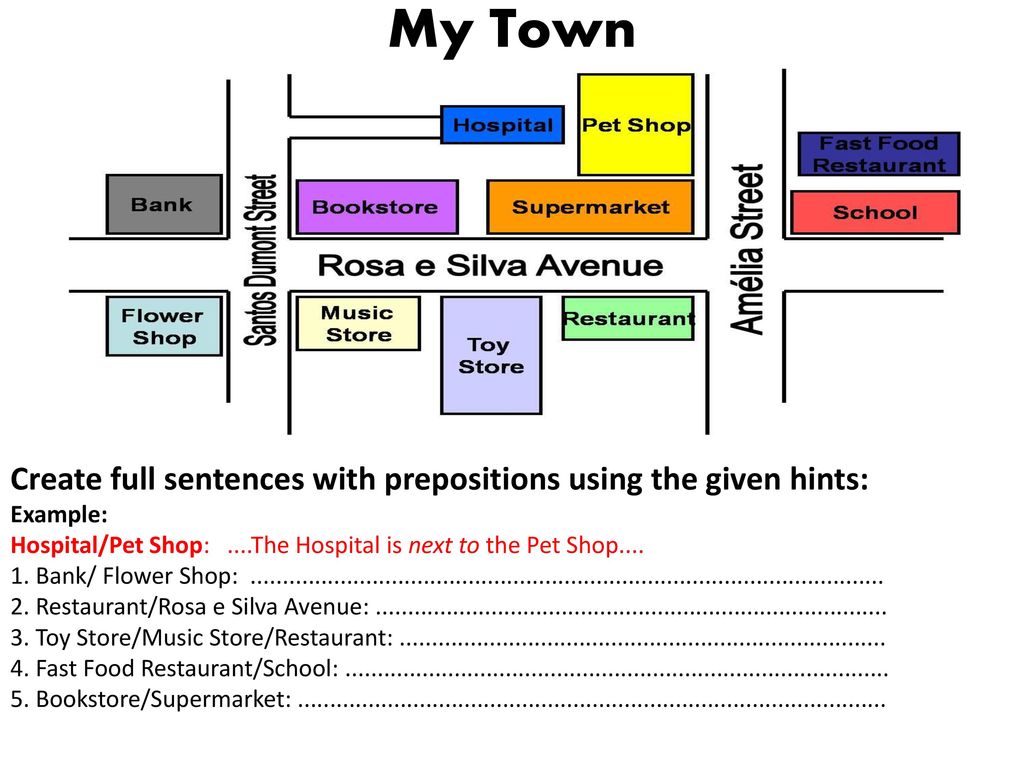 Finally, once they’ve completed that, ask them to wash their hands and tell their brother that it’s time to eat.
Finally, once they’ve completed that, ask them to wash their hands and tell their brother that it’s time to eat.
4) Number Your Instructions
This tip is very effective if you’re going to be grouping your instructions into manageable tasks.
Simply number the directions you’re giving your child.
For example, start with, “I need you to do three things right now,” or “Pay attention. There are four things I need you to do.” You can also use ordinal numbers such as “first,” “second,” “third,” and so forth to label each task.
By using this technique and verbiage, you can help your child become aware that there is more than one thing being asked, and they can distinguish between and keep track of to-dos on their list.
While numbering your instructions helps make things clear, it’s still important to keep the list relatively short. Because people can typically only hold up to four different things in their working memory, we recommend giving no more than four instructions at a time.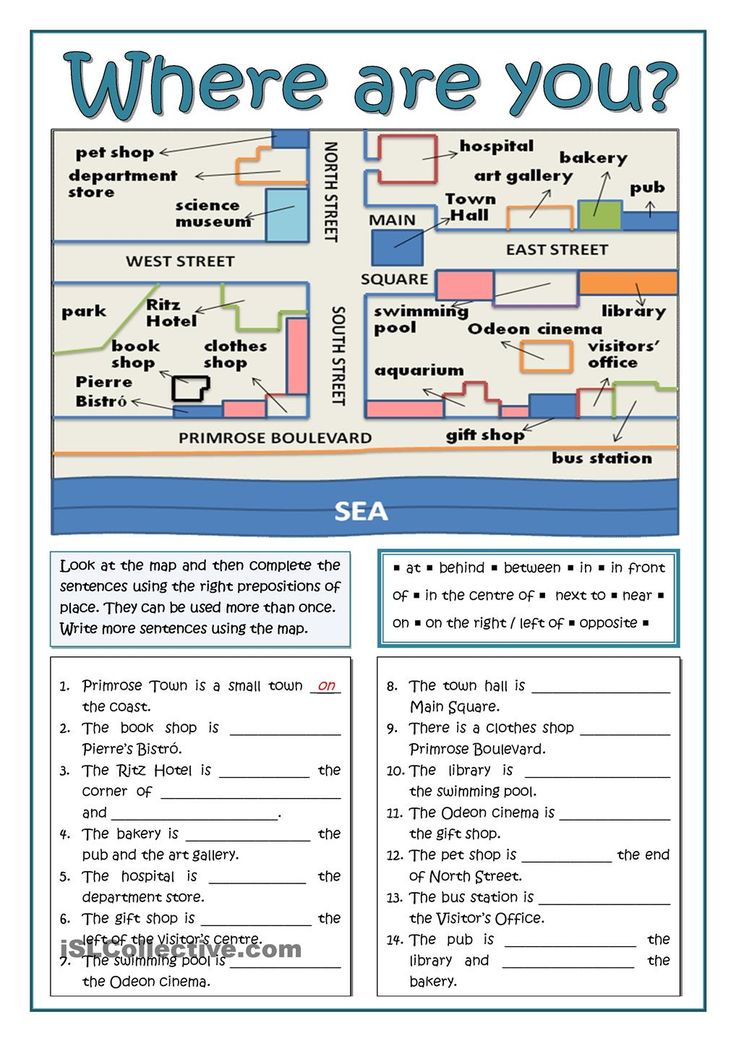
5) Help Your Child Visualize The Instructions
Giving visual cues can be very effective in helping your child understand what you need them to do. To use this tactic, demonstrate a task and then ask them to follow your example.
For example, “Watch me carefully. See how I’m arranging this plate, fork, and spoon? I need you to set the rest of the table just like this.”
This “me first, now you” approach allows your child to visualize exactly what you want them to do before giving it a go. It can also be a very effective strategy to use with children who have language processing challenges.
6) Allow Your Child To Process The Information
Do you know how you sometimes have to pause and think through information you’ve just read or heard? Kids need that, too, especially when they’re learning to follow directions.
After giving them instructions, allow a few seconds to pass, which may help the information sink in.
Doing this may also help your child learn to listen the first time, rather than requiring you to repeat yourself. However, if they don’t do as you say or seem confused, it’s OK to repeat the instructions.
However, if they don’t do as you say or seem confused, it’s OK to repeat the instructions.
7) Minimize Distractions
Children have short attention spans. That’s why it’s essential to keep their attention when you have it.
If the TV is on in the background or they’re busy playing games, it’s going to be challenging for them to follow through on any of your instructions. Turn the TV off. Have them put their game or anything else they’re busy with down and give you their full attention.
Another essential component is to give your child your full attention as well. This may help them realize that the information is important.
8) Focus On Tone Of Voice
You know the phrase, “It’s not what you say, it’s how you say it”? Different people can recite the same words, but the differences in tone, volume, pace, and pitch can completely change the message.
When it comes to helping children follow directions, it’s much more effective to speak in a calm, clear, and even tone.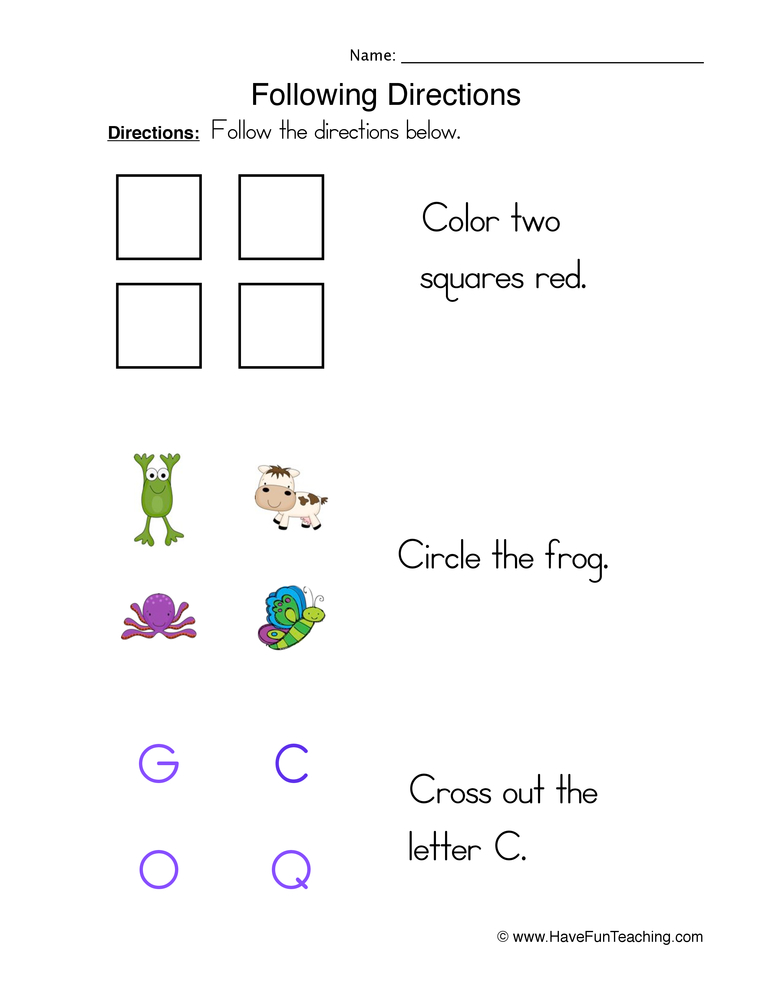 Remember that you want your child to focus only on the instructions and not the volume or tone.
Remember that you want your child to focus only on the instructions and not the volume or tone.
9) Don’t Ask, Tell
Sometimes children are in the mood for a power struggle and phrasing the directions in a way that it seems like there’s room for negotiation will not help you.
If you give directions such as, “Would you pick up your toys, please?” It may give your child the impression that they don’t have to do it.
Instead, change the wording to, “It’s time to pick up your toys,” as this makes it clear that they don’t have a choice.
10) Offer Praise
Positive reinforcement is a great way to help your child feel good about following your instructions. So, clap your hands, cheer them on, give them a high five, or pat them on the back to show that you’re happy about what they’ve just done.
The more they realize how happy you are, the better they’ll feel about listening to your instructions, and the easier it will be for them to continue following your directions in the future.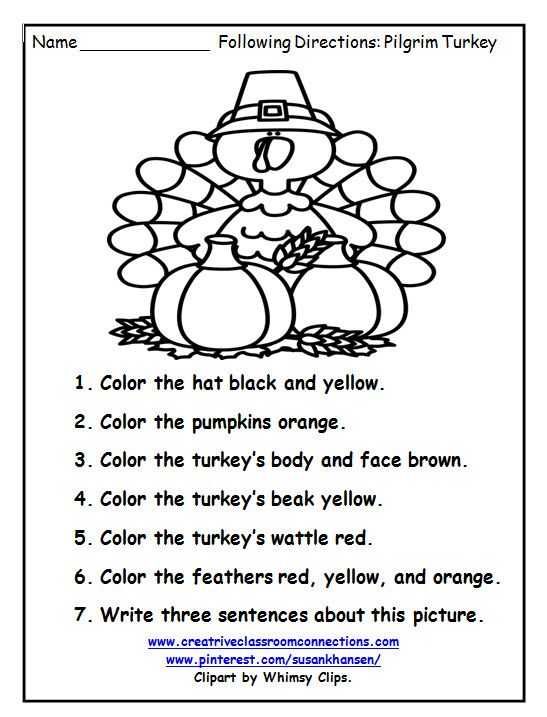
Activities To Help With Following Directions
Plenty of games and activities can help you encourage your child to get into the habit of following directions. These include:
- Follow The Leader
- Simon Says
- I Spy
One of our favorite activities to help develop this skill is what we call the “playful instructions game.” This is where you give children instructions by adding playful elements.
For example, ask your child to jump as high as possible and then make a silly face. For older kids, you can even add more playful instructions (stick your tongue out, wiggle your nose, etc.).
This game can be incorporated into your regular routines — jump out of bed, tiptoe to the bathroom, and grab a toothbrush. Adding a playful element can make mundane routines much more fun.
In addition to the well-known games above, we’ve included a few more activities to help your child learn to follow instructions.
1) Red Light, Green Light
To prepare for this game, clearly define the playing area and mark the start and finish lines with a strip of tape on the floor (or ground if you’re outside).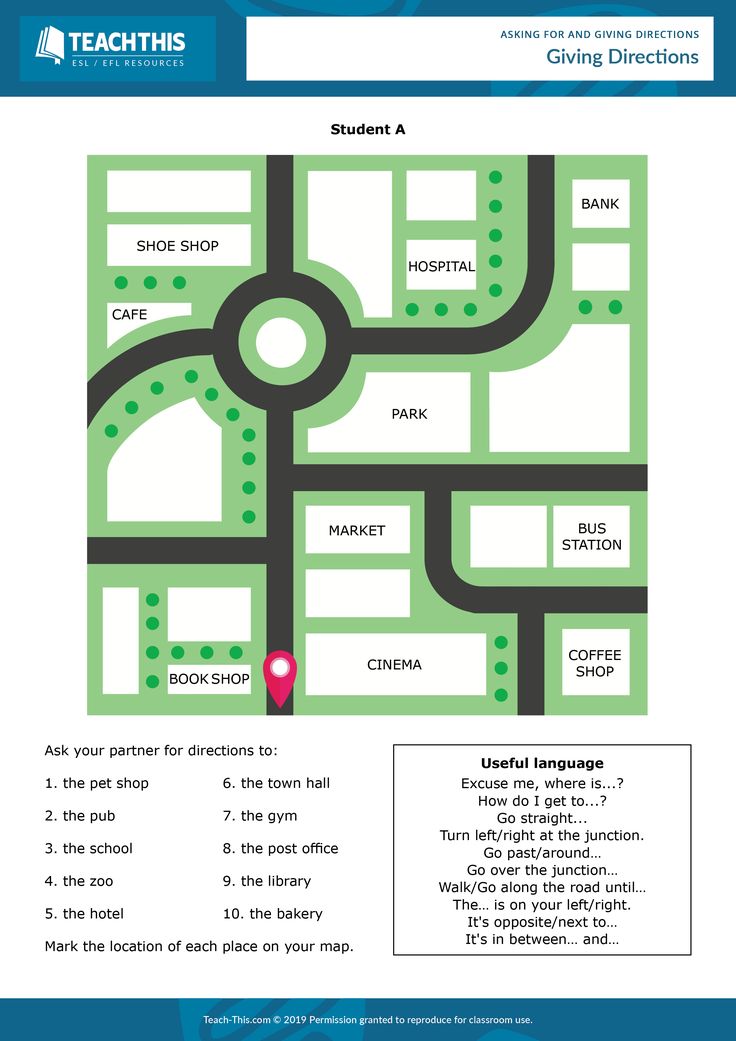 Safety comes first, so feel free to push things out of the way if you need a little more room to move around.
Safety comes first, so feel free to push things out of the way if you need a little more room to move around.
To begin, have all players stand on the starting line. Then, when you say “Green Light,” everyone moves toward the finish line. But, as soon as you say “Red Light,” everyone needs to immediately stop.
Anyone who is caught moving when “Red Light” is called out has to go back to the starting line. The first person to make it across the finish line wins the game!
This listening and moving game uses simple instructions to encourage children to follow directions — and have some fun while doing so!
2) Grid Game
The goal of this activity is simple: Make your way through a grid by following instructions.
Start by creating a numbered grid on your floor. The size of grid you create will depend on the space you have available. But whether you create a 4×4, 5×5, or 6×6 grid, make sure all the squares are the same size.
(You can either use your feet — one foot in front of the other — to measure each square, or you can use an actual ruler.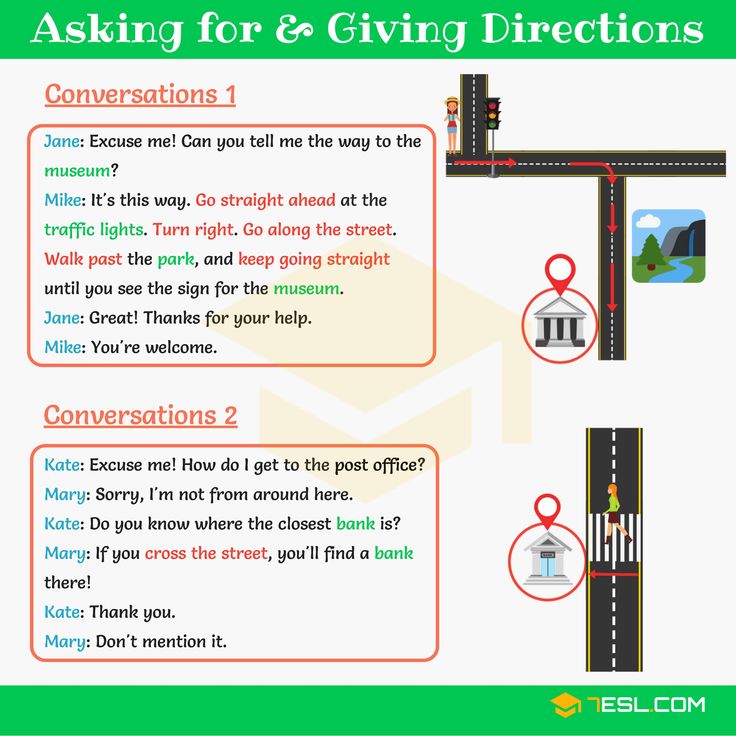 It’s totally up to you!)
It’s totally up to you!)
The type of floor you have will also dictate the type of tape you can use to create your grid, but masking tape usually works well for most floors because it easily comes off without causing damage.
To play this game, have your child stand in the first square and then follow your instructions to move throughout the grid.
Your instructions could look something like this:
- Take two steps forward.
- Take one step backward.
- Take two steps to your right.
- Take three steps to the left.
As they move this way and that within the defined space, it’s great practice because they have to switch gears quickly and listen carefully to the directions you’re giving.
3) Visual Directions
For this activity, simply make cards using your child’s routine. For example, let’s say your child’s bedtime routine is the following:
- Take a bath
- Put on pajamas
- Brush teeth
- Get into bed
- Read a book
- Sleep
Print out images of a bathtub, a toothbrush, pajamas, a bed, a book, and a child sleeping to represent each part of the routine.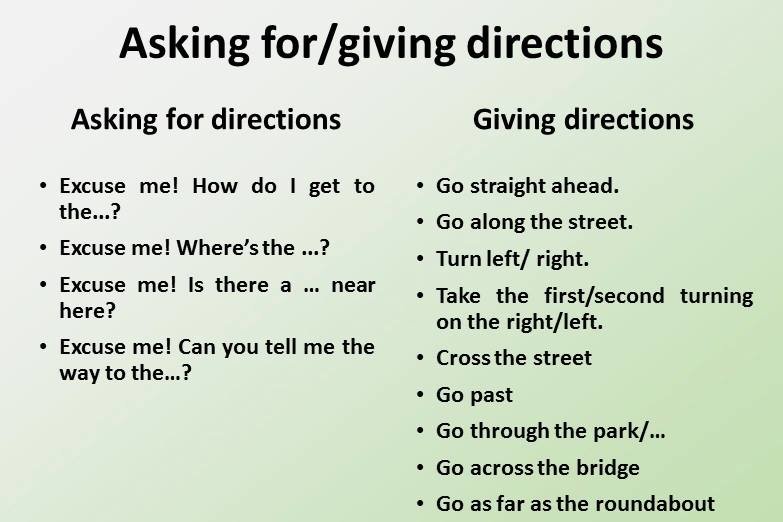
Next, stick each of these pictures on a numbered index card. Then, whenever it’s time for bed, your child can just grab their card stack and follow the instructions.
This can work for any routine, so feel free to adapt it as necessary. It’s also a helpful tactic if you have a nonverbal child.
Using cards as a method of explaining instructions can eliminate unnecessary confusion, promote confidence in daily activities, and increase cooperation between a parent and a child.
Things To Consider When Giving Directions
1) Avoid Empty Threats
Sometimes parenting little humans can get overwhelming, especially when they are in the mood to be defiant.
This may lead to making impulsive threats, like, “If you don’t set the table right now, you’re going to be sorry!” Or, “I’m giving you two minutes to clean up. If this isn’t done by the time I get back, you’re going to be in big trouble!”
The problem with making such statements is that they tend to shut down communication and lead to power struggles.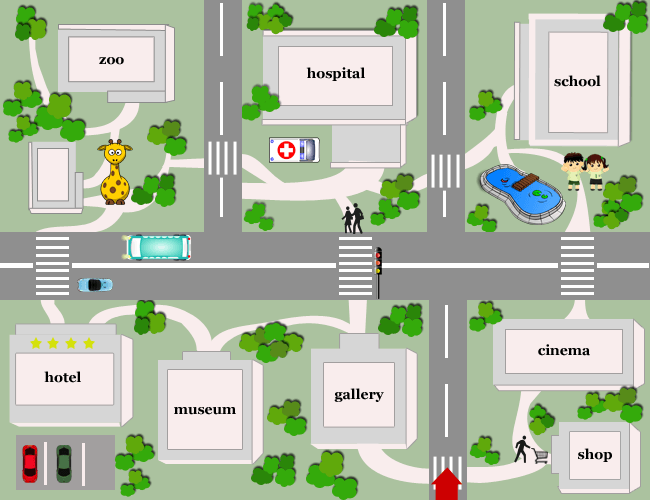 While threats may give you short-term gains (i.e., your child performing the tasks you want them to), they’re not ideal for the long haul.
While threats may give you short-term gains (i.e., your child performing the tasks you want them to), they’re not ideal for the long haul.
It’s important to teach children to communicate their needs and wants clearly and, if there is a disagreement, how to get their point across calmly and respectfully.
So, remember to stay calm when addressing your child. If you notice that they are being extra defiant and their behavior is making you lose your patience, consider taking a moment to calm down before conversing with them.
2) Sometimes Reasoning Doesn’t Help
As adults, we often want to understand why things need to be done because this can help motivate us to perform a specific action. But explanations don’t always work for children, especially those under six years of age.
For example, “If you don’t pick up your toys after using them, you might end up stepping on them and hurting yourself. I want you to tidy up because it’s best to have a clean space so you can move around freely.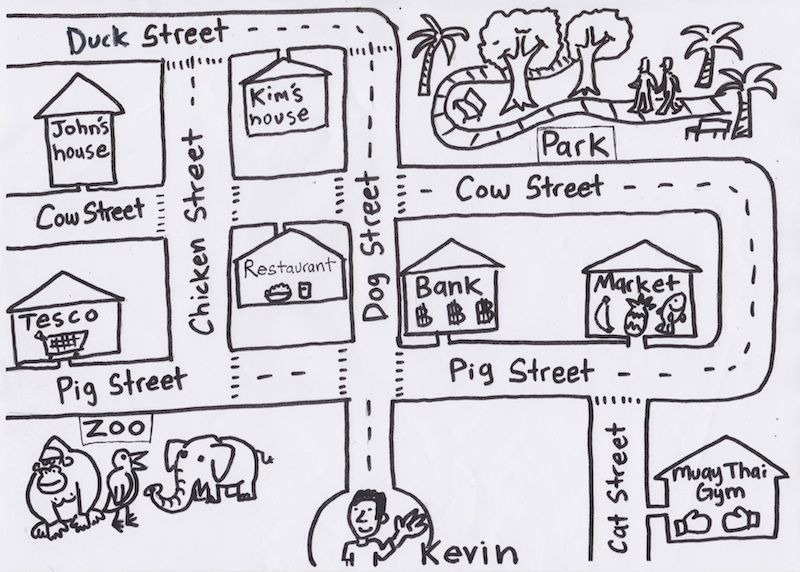 ”
”
While such a statement might work for older kids, younger children aren’t able to relate to future consequences, so they may not get motivated to perform a task. This is another reason it’s best to keep directions short and to the point.
3) Empower, Don’t Overpower
We’ve discussed how important it is to give clear instructions, and in some instances, this means not asking your child but telling them what to do. This approach works perfectly for young children who cannot grasp explanations and extra information from your directions.
But as children get older, they may start to respond to different situations independently.
For example, if you’ve always told them to pick up their toys because they may hurt themselves, they may decide that leaving toys lying around on one side of the room, where they are out of the way, works better than actually having to tidy up.
Sometimes parents view this as disrespectful behavior and resort to overpowering their children.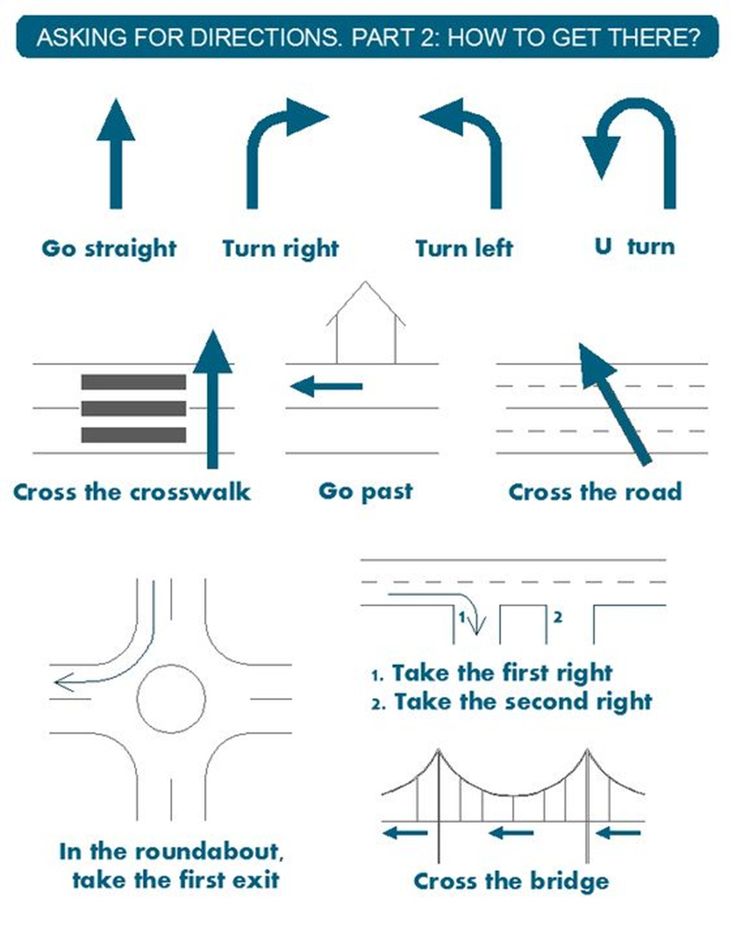 Unfortunately, this can make children feel powerless and encourage defiance as they fight to “take back their power.”
Unfortunately, this can make children feel powerless and encourage defiance as they fight to “take back their power.”
A great solution may be to allow children, as they get older, some freedom to make their own decisions. For example, if they complain about their bedtime routine, encourage them to find what may be a better solution.
This is not to say that children should do as they please. You’re still the parent! However, as children get older and start thinking independently, it’s perfectly fine to allow them room to make some decisions (at your discretion, of course).
Practice Makes Progress
With the strategies above, we hope you realize that, while it can be challenging to get children to follow our instructions, it’s not impossible. Sometimes simplicity, clarity, and a little fun are all you need.
Check out HOMER Learn & Play app for more playful and interactive ways to give your growing child the skills they need to thrive in life!
Author
7 Core Following Directions Activities for Kids That'll Improve Listening
Inside: Quick and easy following directions activities for kids that will help them practice self-control, emotional regulation and improve listening skills.
There was a joke traveling around years ago from Carrie On Y’all that said, “Maybe if I start yelling ‘Get your shoes on!’ the night before, we could get to school on time the next day.”
Honestly, the struggle is real.
Kids need A LOT of practice to learn basic life skills.
Following directions activities can support better listening skills in your child.
Teaching kids to follow directions isn’t as simple as doing a listening activity for kids, watching fairy dust shower from above, and seeing your kids transform into magical listeners.
Several years ago I was getting ready to take my son to school. He insisted—like life or death insisted—that he needed to wear his green shoes.
So I helped him find his green shoes, laid them out on the floor, and then realized I made a horrible mistake.
He shook his head and said, “No green shoes, mom. Nooo!”
In exactly two minutes, the green shoes went from being my complaining child’s most prized possession to the most horrible and disgusting shoes one could don.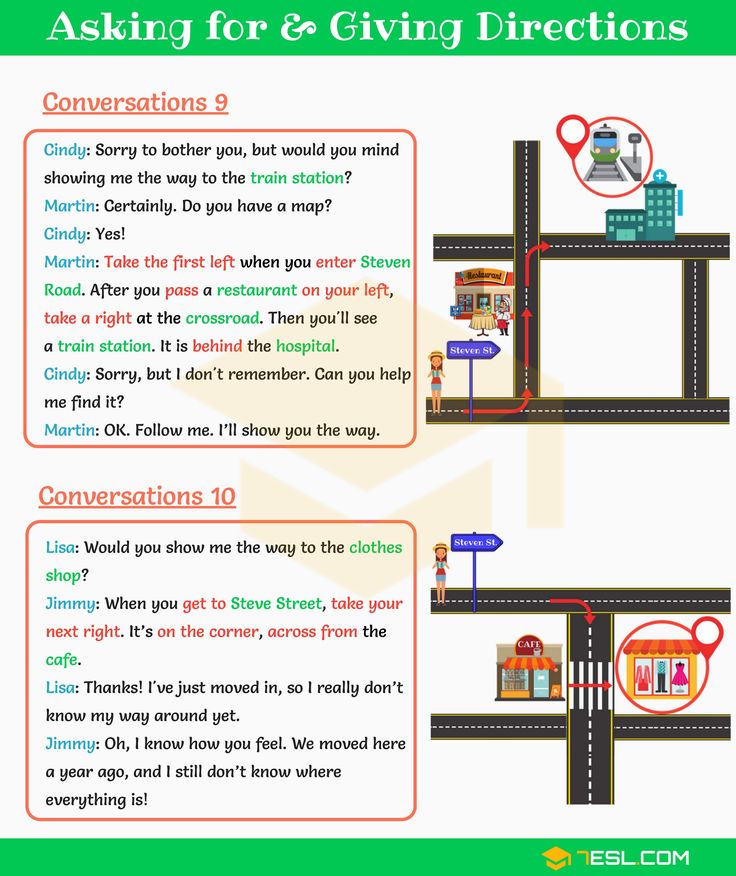
Related Posts:
- 2 year old not listening? Try this remarkable tip.
- 10 Totally Awesome Tricks for Independent Kids
Teaching kids to follow directions – let’s simplify.
1. Connection first. Attention follows.
A few brief moments using SAY WHAT YOU SEE®, where you describe what your child is thinking, doing, feeling or saying, makes a big difference. This is the building block of connection, and when kids feel connected to you, they are for more likely to cooperate.
It might sound something like, “You’re drawing a picture with big green squares and red lines.”
No brainer, right? And yet, I still find myself talking to my kids without taking a brief moment for connection.
Sharing a set of instructions before you briefly connect with your child is like speaking foreign language. It can fall flat.
I know I have my child’s full attention when I have two things:
- Eye contact
- Eyes level (get down to the child’s level).

2. Be short and specific.
Kids tend to hear a lot of conversational white noise when adults are speaking to them. Say exactly what needs to be said for your child to follow your directions. Trim everything else out.
Instead of… “Hurry up. We gotta get out the door for this appointment. Get your coat lets go.”
Try… “Coat please.” Or, “You’re missing a coat.”
3. Use “wait time.”
This is a great strategy that I learned from a teacher. After giving a set of instructions to your kids, pause for 3-7 seconds to allow their brain to process and apply the information. Research shows kids are more likely to follow directions if you give them “wait time” or a hearty pause.
As adults, we are used to processing information much quicker, but kids…they take time.
Think of it this way: Keeping realistic expectations and waiting is the difference between you giving up and throwing your tea in the air vs. you calmly taking a sip of your tea while you employ “wait time.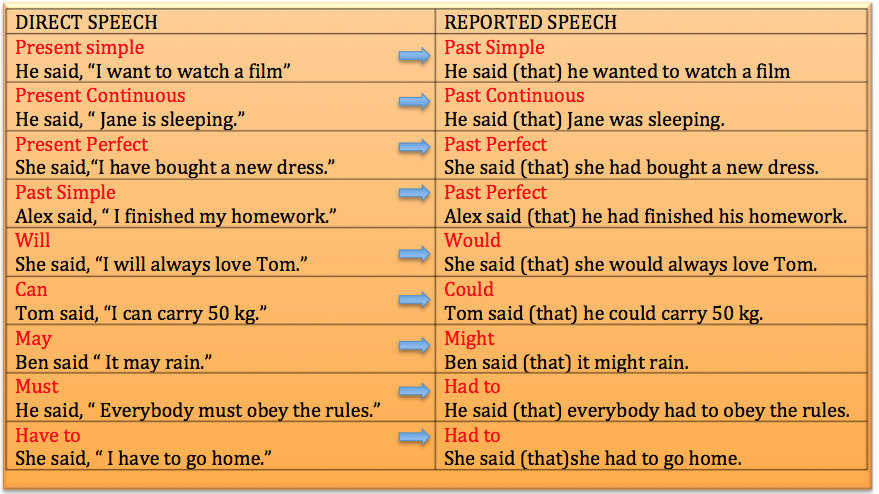 ”
”
4. Unless you are offering a choice, don’t ask.
If your directions aren’t up for negotiation, keep that door firmly closed. Offering choices is a fabulous way to help end power struggles and enjoy a happier home.
But…everything in life is not always a choice. If you can’t offer a choice within a parental boundary you feel good about, give instructions as a statement, rather than a question.
Instead of… “Can you pick up your toys?”
Try… “I see toys on the floor and it’s time to leave.”
Or if you’d like to offer a choice, you can say something like, “I see blocks and dolls. Show me which one you want to put away first.”
5. Practice using following directions activities.
In order to build great listening skills, kids need a lot of practice…A LOT.
Which makes sense! I think we all can relate to needing a lot of practice before we can get good at anything. I could tell you a few stories about burnt dinner rolls for the past five years, but that’s a story for another day 🙂
Related:
- 50+ Best Simple Games for 2 Year Olds and Up
- The Ultimate List of Board Games for 2 Year Olds
7 core following directions activities for kids.
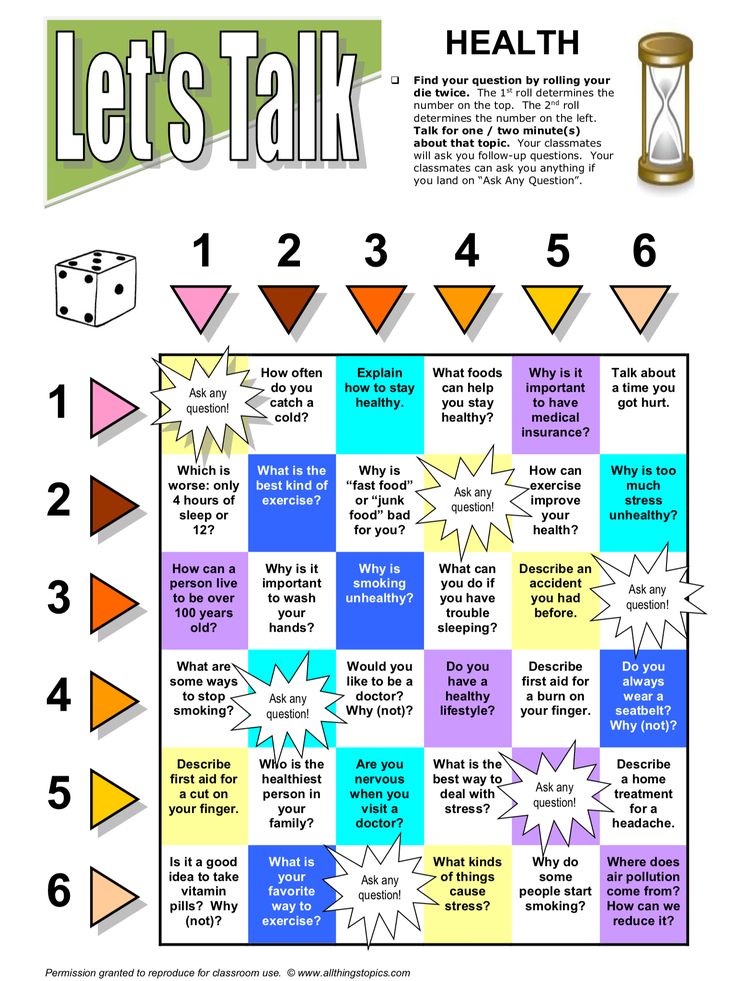
There are several good ‘ole fashioned standby games to play with kids to help them 1) Listen and hear what you are instructing and 2) Practice following the directions you shared.
1. Simon Says
One person is Simon or Elmo or Dora or Spiderman or Teacher or Whoever, and this person is the “leader.” Simon gives a set of instructions and everyone else follows. The person who doesn’t follow the instructions is “out.” And the person who follows the instructions throughout the game, wins Simon Says.
2. Red Light, Green Light.
One person is the leader who calls out “Red Light” or “Green Light.” When the leader calls out “Red Light,” everyone stops. When the leader calls out “Green Light,” everyone goes. Anyone who doesn’t stop or freeze during “Red Light” is out.
3. Follow the Leader.
Take a walk around your house or outside and whatever you (or the leader) does, everyone else must follow. This is a great game to allow your child to be the leader and have you follow your child.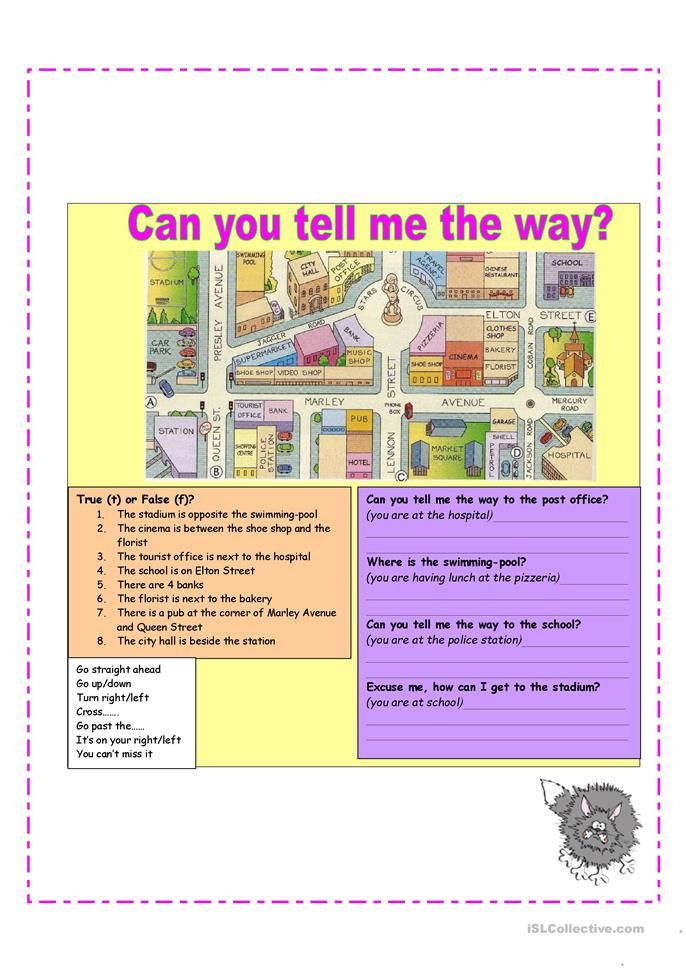 It’s a perfect opportunity to model following directions for your child!
It’s a perfect opportunity to model following directions for your child!
4. Map Game
Try this map game and help your kids work their way through the grid following the directions given. Practice counting and using the words left, right, forward, and backward.
5. Two-step direction games.
Do one of these 2-step direction games with your kids. This is perfect for preschoolers and above! Have your kids follow some of the 2-step directions throughout the day (e.g. Shake your head “yes” and then quack like a duck.) Brilliant!
6. Lego® Game
If you have kids who are old enough to play a board game, try this Lego Game to help your kids practice reading directions and following them.
7. Visual direction activities.
With kids, visual directions are so important! You can make life simpler and fun using visual directions for your kids, such as a printable daily schedule for kids.
- Bedtime routine cards
- Morning routine cards
- Mealtime routine cards
Using routines is a great way to support cooperation and help your kids learn to follow directions.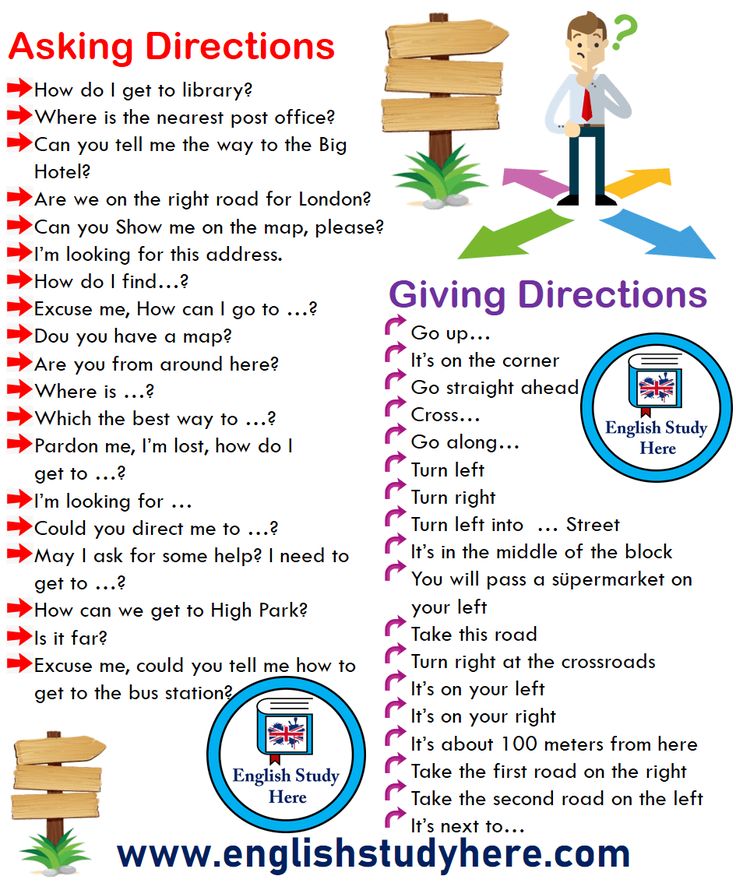
They are also energy saving, AND a great way to avoid yelling “Green shoes!” ten times every morning or “Eat your dinner!” six times every evening.
Grab your FREE Following Directions Checklist Here!
More popular parenting posts
- 2 Year Old Sleep Schedule to Help Kids Fall Asleep and Wake Happy
- Best Morning Routine Tips and Tricks Your Kids Will Actually Follow
- 3 Things Every Parent of a Strong Willed Toddler Should Know
- 50+ Outdoor Toys for Kids That’ll Bring Hours of Fun
- Best Summer Schedule for Kids That You Can Print and Use Daily
I've created a free email series just for you! If you are struggling with teaching your child to listen, this series will help transform your parenting. Yes, really. I've seen my proven strategies work time and time again for parents. I know it can work for you too.
After taking my free email series, you will:
- Learn simple, yet highly effective listening strategies
- Experience a stronger connection with your child
- Enjoy more peaceful parenting days
- Gain more cooperation from your child
Click here to sign up!
Are you new to this community? Start here, friend.
Literary movements briefly
4.5
Average rating: 4.5
Total ratings received: 1478.
Most of the writers and poets worked within the framework of one trend, characteristic of a particular era. Literary trends required authors to adhere to certain features and properties of literature.
Classicism
Classicism implies a clear division into high and low genres. Heroes in fiction are divided only into positive and negative. In the works, moral issues are touched upon, vices are ridiculed and punished.
Another characteristic feature is that the principle of three unities is observed: time (one day), place (one place) and action (one storyline).
A. P. Sumarokov and G. R. Derzhavin are prominent representatives of classicism in Russian literature.
Sentimentalism
This literary trend is characterized by an appeal to human feelings, the inner qualities of a person. A special role is played by nature, which becomes the spokesman for the feelings of the characters.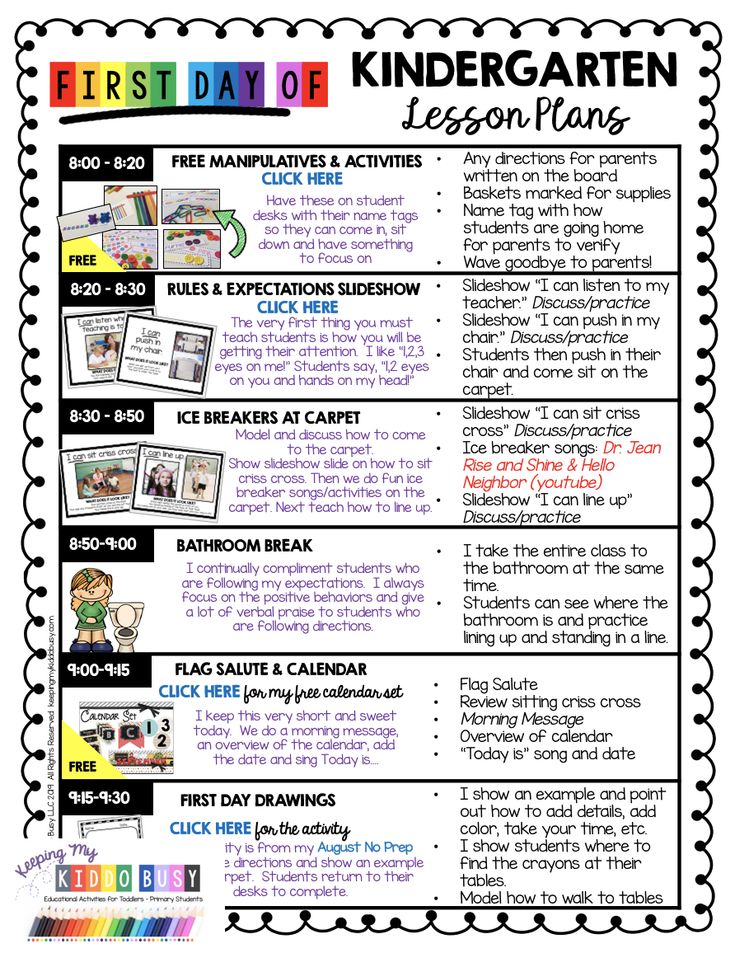
NM Karamzin stands out among Russian writers.
Romanticism
Romanticism is characterized by the description of exceptional personalities within the framework of exceptional conditions. In the center of the story lies the fate of people who are in a kind of conflict with other people. The real world is opposed to the ideal world, to which the central character aspires.
The idea of duality is the key to romanticism.
V. A. Zhukovsky, M. Yu. Lermontov and others worked in the direction of romanticism.
Realistic
This direction is characterized by the description of typical characters in typical conditions of life. Life is shown as it really is. The heroes of the works have both positive and negative character traits.
Realism also used satirical techniques to depict reality.
There are quite a lot of writers and poets who worked within the framework of realism: L. N. Tolstoy, I. S. Turgenev, F. M. Dostoevsky and others.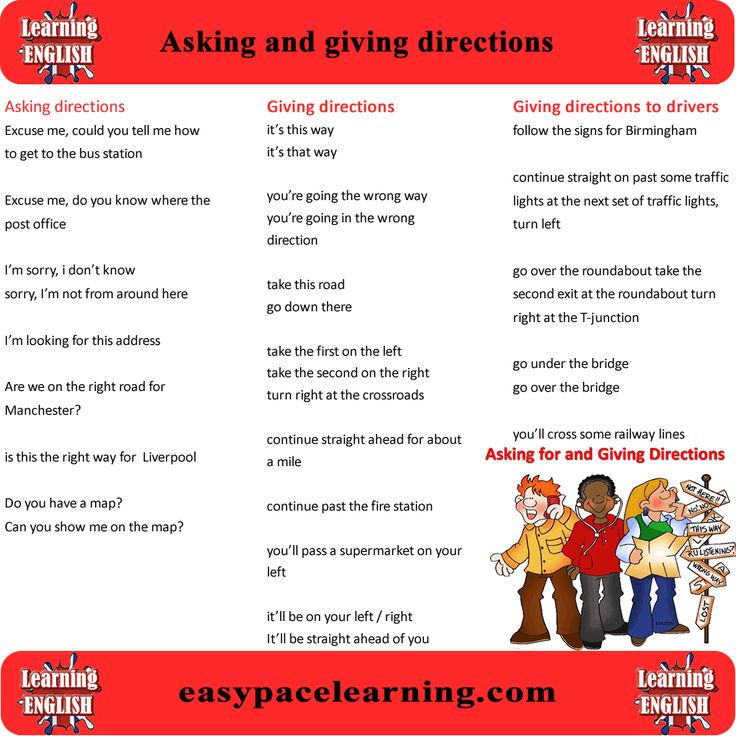
Modernism
Modernism includes the directions of the Silver Age: symbolism, acmeism, futurism, imagism.
Rice. 1. Literary trends of the Silver Age.Let's talk briefly about the literary trends of modernism.
Symbolism is characterized by an appeal to a symbol that is able to convey the main idea of the work. A prominent representative of this trend is A. A. Blok.
Imagism assumed a broad appeal to metaphor and metaphorical expressions. This direction includes the work of A. B. Mariengof, the early work of S. A. Yesenin.
For acmeism, the leading feature is attention to detail. The work of N. S. Gumilyov and the early work of A. A. Akhmatova stand out.
Futurism assumed the creation of neologisms, the original construction of lyrical works, the denial of the literary culture of past years. The most prominent representative of futurism is V. V. Mayakovsky.
What have we learned?
In Russian literature, it is customary to talk about the following literary trends: classicism, sentimentalism, romanticism, realism, modernism (symbolism, imagism, acmeism, futurism).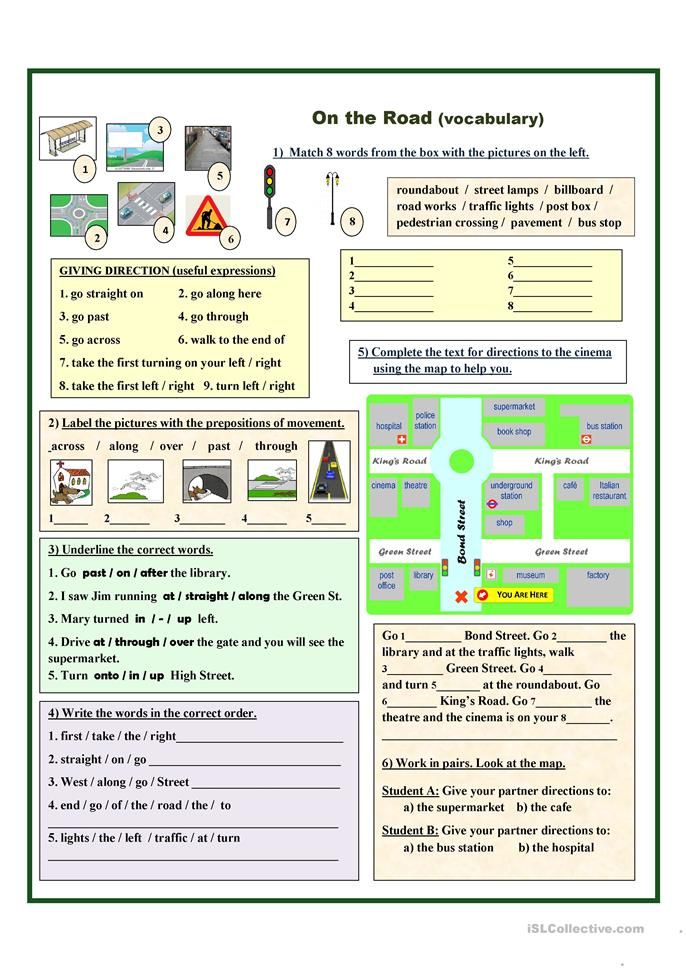 Each direction has a number of its own characteristics.
Each direction has a number of its own characteristics.
Subject test
Hall of Honor
To get here - pass the test.
-
Tatyana Shishova
5/5
-
Chincharova
5/5
Evaluation of Article
4.5
Average rating: 4.5
Total assessments: 1478.
9000 A what va -wa. grade?
Final essay (outline)
The thematic areas of the final essay for the 2021/22 academic year have been approved:
1. A person traveling: the road in a person's life
2. Civilization and technology - salvation, challenge or tragedy?
3. Crime and punishment is an eternal theme
4. The book (music, play, film) is about me
5. Who can live well in Rus'? - question of a citizen
Commentary on the open thematic areas of the final essay 2021/2022 academic year
1.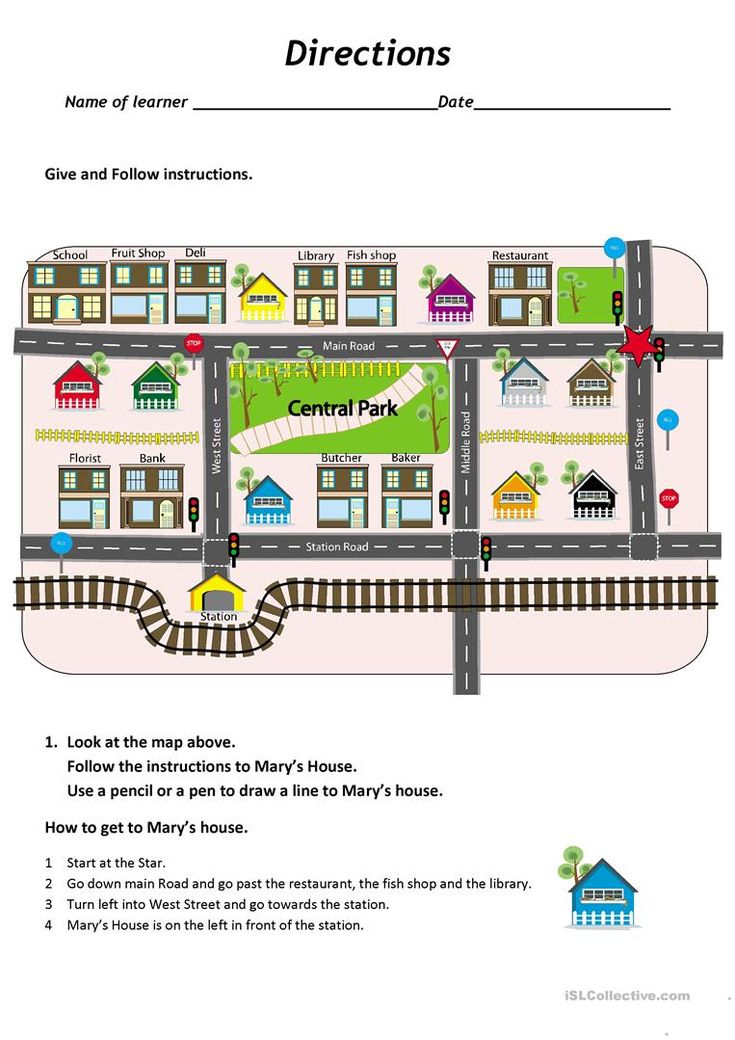 A person traveling: a road in a person's life
A person traveling: a road in a person's life
The thematic direction aims the graduate to think about the road: real, imaginary, bookish.
A graduate will be able to write about personal travel experiences and travel experiences of other people, travel adventures of literary characters, fantasy travel in time and space, about the theme of the road in works of art. The understanding of the road as a path of scientific research and creative searches is not excluded. The road can be understood not only in a specific, but also in a symbolic sense. The topics of the essays will allow you to talk about how a person gains practical and spiritual experience on the path of life, changes, understands himself and other people better.
Turning to artistic, philosophical, psychological, local history, scientific literature, memoirs, diaries, travelogues and journalism will allow us to consider travel as an important means of understanding reality and the inner world of a person.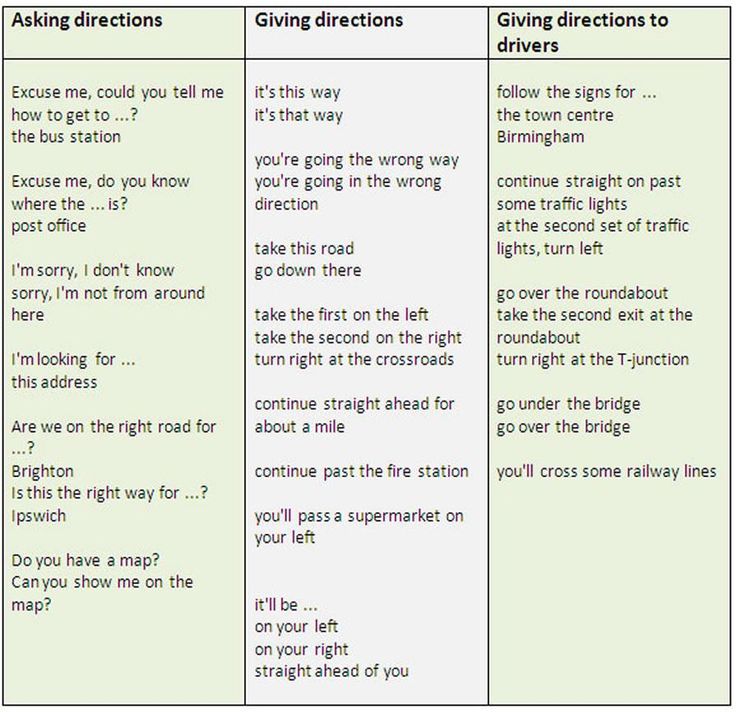
2. Civilization and technology - salvation, challenge or tragedy?
The thematic direction draws the graduate's attention to the achievements and risks of civilization, the hopes and fears associated with its fruits.
Essay topics will contribute to the graduate's thoughts about his own experience of facing technological innovations and environmental problems, give impetus to the discussion about the impact of scientific and technological progress on a person and the world around him. All these problems have become especially relevant against the backdrop of the challenges of the 2020-2021 pandemic. The topics will allow you to think about the dialectic of "pluses" and "minuses" of the civilizational process, about the good and tragic consequences of the development of technology, about ways to achieve a balance between the material and technical achievements and the spiritual values of mankind.
Examples from philosophical, scientific, journalistic, critical and memoir literature will show how thinkers, scientists and artists understand technological progress, what they see as its benefits and harms.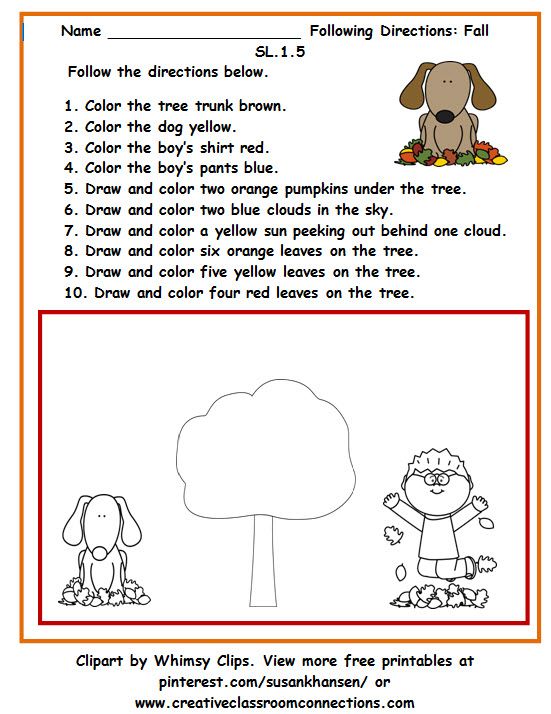 It is also justified to turn to works of art in which there is a motif of scientific discoveries, including the genres of science fiction, utopia and dystopia.
It is also justified to turn to works of art in which there is a motif of scientific discoveries, including the genres of science fiction, utopia and dystopia.
3. Crime and punishment is an eternal theme.
The thematic direction proposes to comprehend "crime" and "punishment" as social and moral phenomena, to correlate them with the concepts of law, conscience, shame, responsibility, repentance.
Essay topics will allow you to analyze and evaluate a person's actions from a legal and ethical point of view. In reasoning, one can touch upon such problems as responsibility for the choice made, the consequences of the crime for others and the criminal himself, retribution and pangs of conscience, etc. Publicistic, memoirs and, of course, fiction are rich in the named problems, in which the novel “Crime and Punishment” by F. M. Dostoevsky occupies a special place, the 200th anniversary of the birth of which all mankind will celebrate at the end of 2021.
4.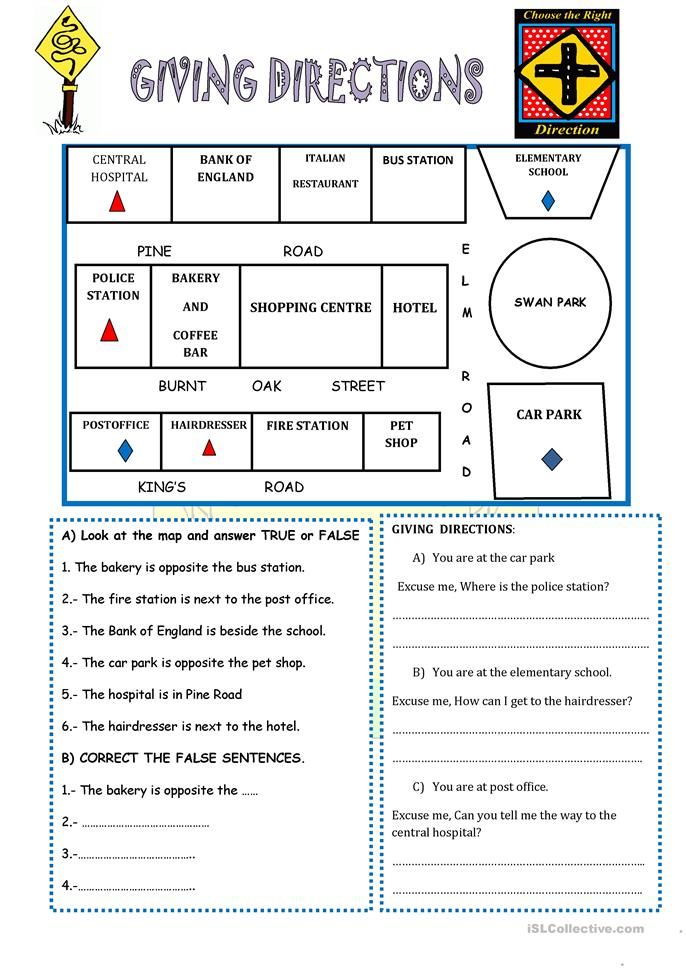 The book (music, play, film) is about me.
The book (music, play, film) is about me.
The thematic direction allows you to speak about a work of various types of art (literature, music, theater or cinema, including animation or documentary), which is personally important for the author of the work.
Reader's (audience, music) preferences will be revealed in the essay, the graduate will give his own interpretations of a work that is significant for him. The motivation for choosing a work can be different: a strong aesthetic impression, the coincidence of the events depicted with the life experience of the graduate, the relevance of the problem, the closeness of the psychological and worldview attitudes of the author and the graduate.
Speaking about a work of art based on their own experience of understanding life, a participant can use examples from literary texts (including scripts), memoirs, diaries, journalism, as well as from the works of art critics and scientists when arguing.
5.